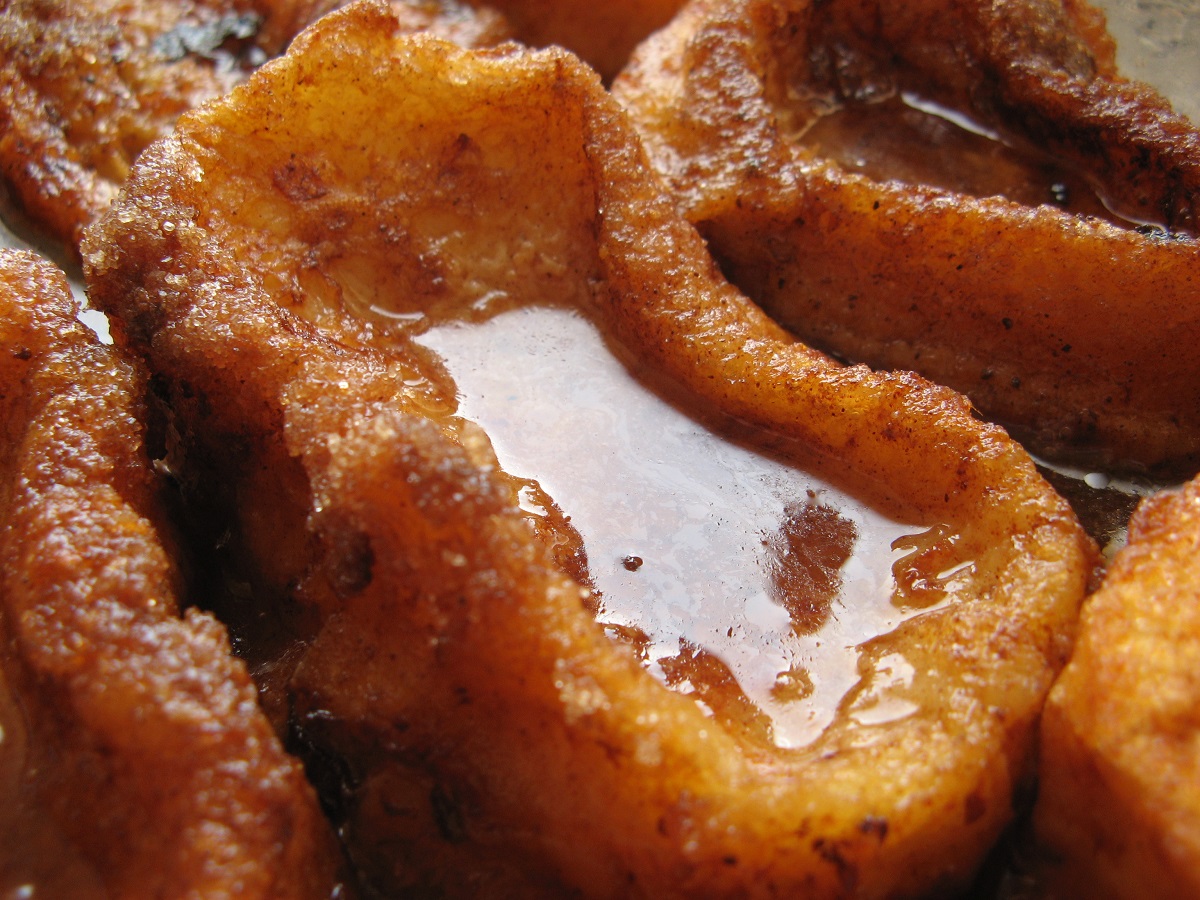Last Updated on December 22, 2025 by Emma Fajcz | Published: July 11, 2017
One of the many things about the south of Spain that holds such appeal for international travelers are the remnants of its ancient Arabic heyday.
Remember, Spain has actually spent more time as a majority Islamic country than it has a Christian one throughout its history. That is still very apparent in many elements of the culture. The language, for one thing, retains its heavy Arabic influences, as does the architecture and, of course, the cuisine.
Nowhere is that more apparent than in the traditional desserts from Granada. Three central ingredients typical of the east—almonds, sugar and honey—are the key components throughout the region. While the national classic, churros, are very popular here too, we’ve put together a list of some of the local gems you absolutely must try on your visit to the city.
Soplillos de la Alpujarra
A perfect example of the sweet Moorish heritage is the soplillo de la Alpujarra. The central ingredients of this tasty treat are the classics of most desserts from Granada: almonds, honey and sugar, all blended into a base of egg whites. Essentially a Moorish merengue, they are also similar to macaroons. However, one thing’s for sure, they’re a perfect accompaniment to a good afternoon cup of coffee.
Torrijas
This special seasonal dessert is traditionally served during Semana Santa, the Spanish Easter period and is essentially a Spanish take on French toast. Bread is the central ingredient, which we soak in milk, dip in egg and fry. You then coat the thick, moist slices with a delicious mix of cinnamon and sugar and you often serve them with generous helpings of thick honey. The best thing about this wonderful Spanish treat is how easy it is to make at home! Check out this recipe and try making one of the most popular desserts from Granada for yourself.
Top tip: The best way to make these is with 3-day-old bread—a great way to use up the stale stuff!

Piononos
Piononos come from Santa Fé, a small town in the Granada province, and their name is a tribute to Pope Pius IX, whose name in Italian is Pio Nono. While there is quite a wide variety of pastries which fall under the name in the Spanish-speaking world, the Granada version is the most famous. The base is a rolled-up sponge cake—think Swiss roll—that you bathe in a sweet syrup and top with a toasted cream. We often gobble our piononos up in just two bites as an after-meal treat or with our afternoon tea or coffee.
Pestiño
The pestiño is a staple of Spanish holiday season, eaten across Andalusia during the Christmas and Easter periods, though it can be found in bakeries all year round. This sugary little snack is made of sesame-flavored dough deep fried in olive oil. You then cook the dough until crispy and golden, before coating it with sugar and honey. But beware; they’re so moreish that it’s quite easy to polish off a handful without even realizing it! But, when it comes to desserts from Granada, why limit yourself?
Huesos de Santo
El Día de Todos los Santos, or All Saints’ Day on the 1st of November is the typical time to gorge on these small marzipan-based bites. Tiny rolls of the almond paste rolled into small cylindrical shapes and filled with cooked egg yolks, this sugary treat is for those with the sweetest of teeth. Despite its minuscule size, the intense flavor of its ingredients means it packs quite a punch! Locals consider this one of the best desserts from Granada. It is certainly worth trying if you’re in the city at the right time!








